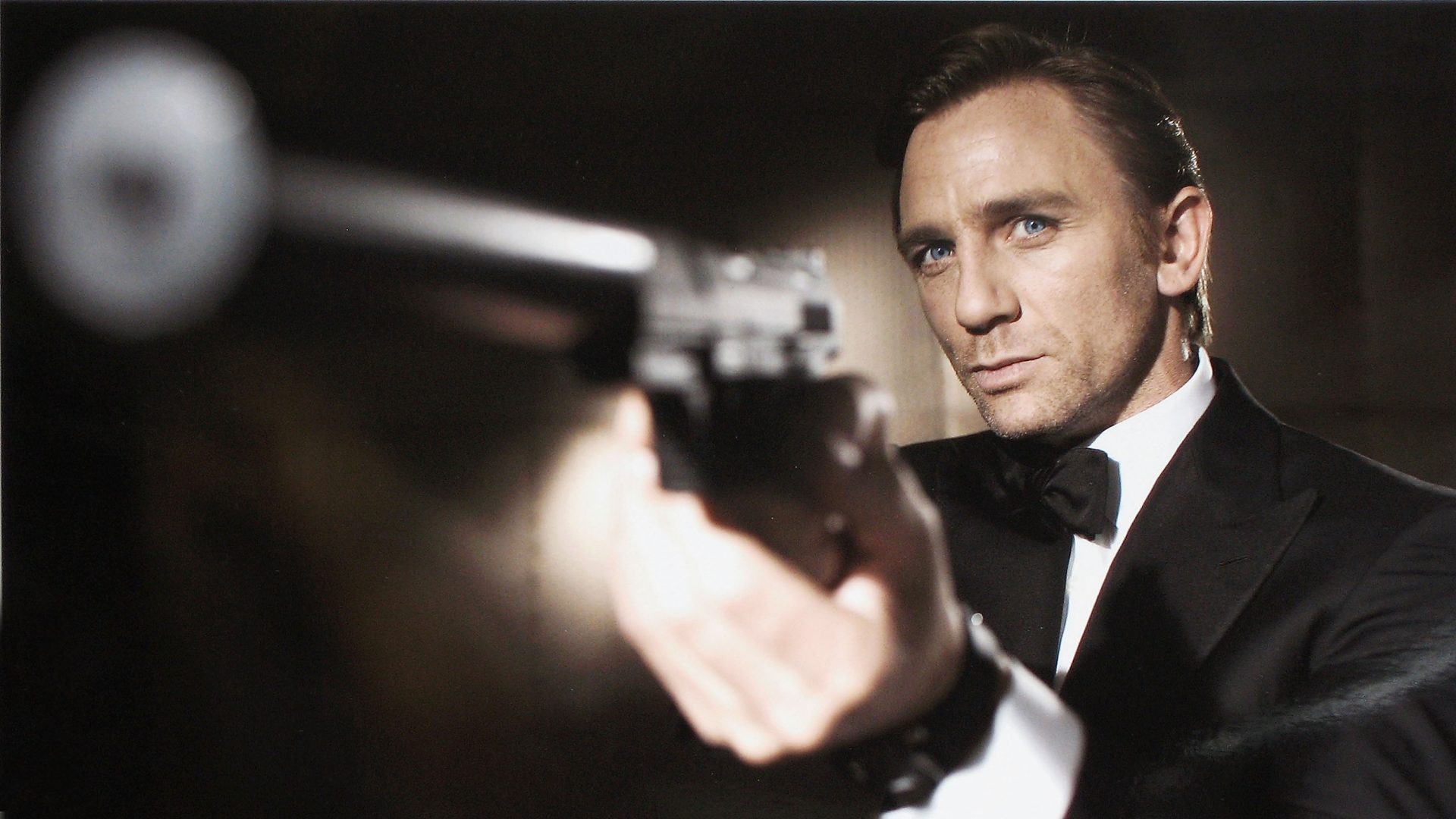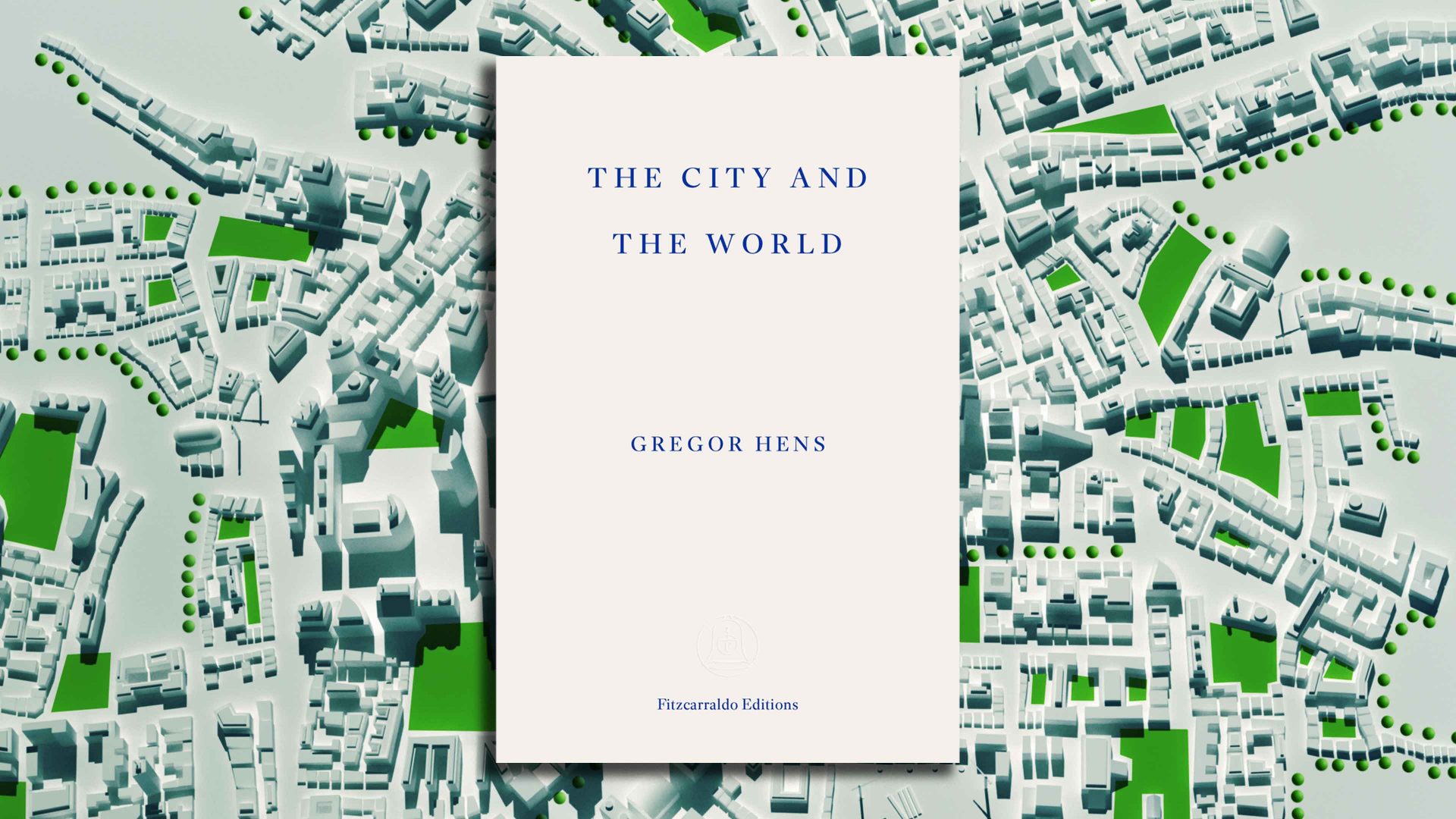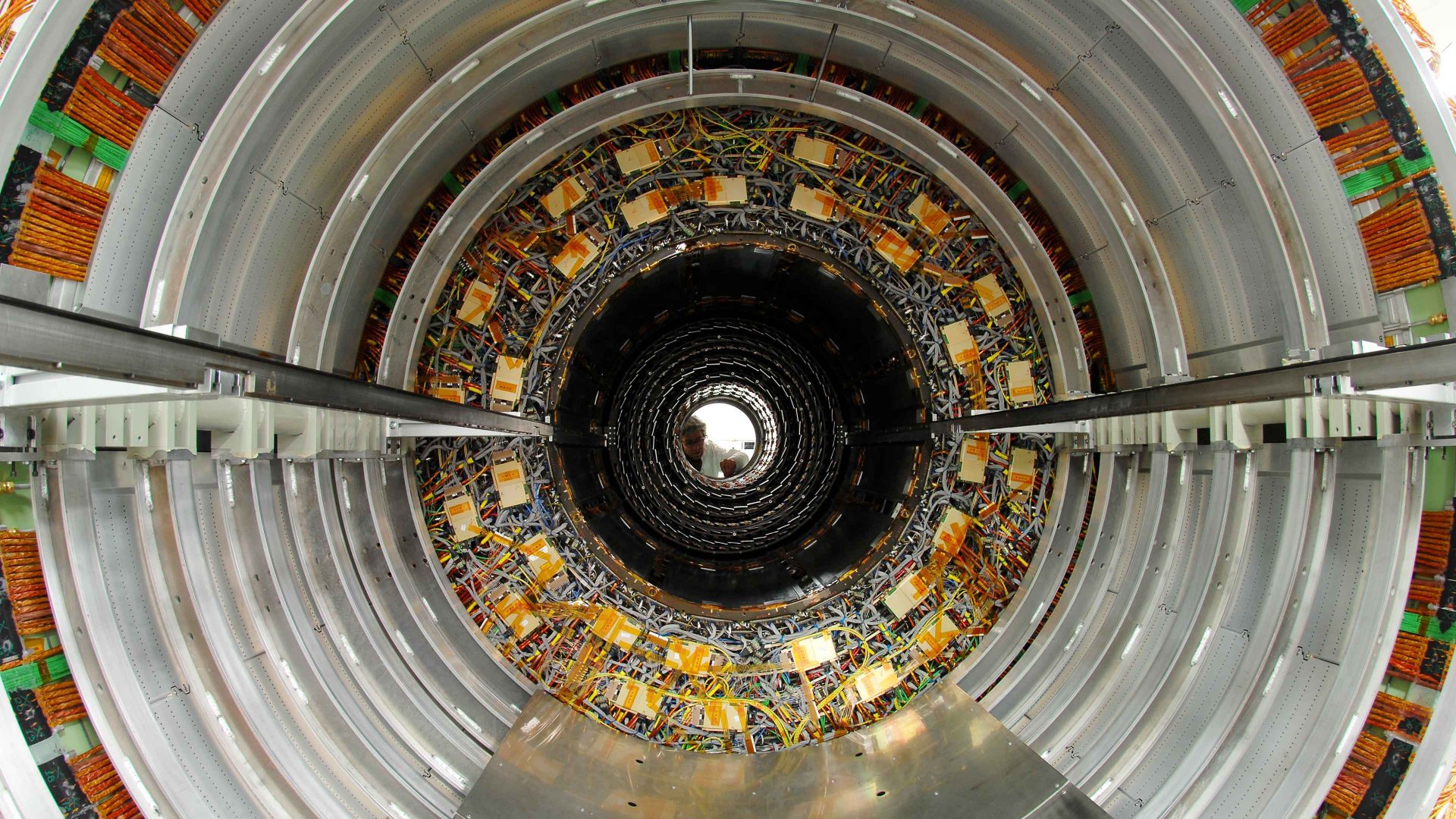The story of James Bond is littered with question marks, pub quiz questions and what-ifs. Do you remember the manager of the Overlook Hotel who hires Jack Nicholson to look after the place (bad decision, terrible decision)? It was Barry Nelson, who played James Bond on American TV, pre-Connery. The character was billed as Jimmy Bond and faced off against Peter Lorre as Le Chiffre.
Popular TV quiz host from the ‘80s Bob Holness – he of “I’ll have a P please, Bob” Blockbusters fame – played Bond on the radio. Peter Sellers, David Niven and Woody Allen all played Bonds in Casino Royale, not the Daniel Craig gruntfest, but the 1967 star-studded extravaganza with the Burt Bacharach score which out Austin Powered Austin Powers.
Now though, there are major changes afoot. Not only is Bond being replaced. Craig’s Bond has – SPOILER ALERT – died. And died in an aggressively non-ambiguous way. No sipping Fernet Branca in Florence and being glimpsed by Michael Caine a la The Dark Knight Rises for him. No, a rain of missiles because he couldn’t face a life in which he could no longer have sex with Lea Seydoux which, honestly, is relatable.
So now we’re back to the thinking caps, the readers’ polls and the betting odds. And throw into the mix questions of relevancy to today’s post-colonial, multicultural (let’s not use that poisonous word “woke”) Britain. So should he be a person of colour? Should he be a he? Should he be … gasps in horror … an American? Add to this the exit of the long-time producing partnership of Michael Wilson and Barbara Broccoli and the take over of Amazon, the character and nature of 007 has never looked so uncertain.
It’s possible you’ll already know the answer as you read this. After all director Denis Villeneuve has been announced so one would think a casting decision is imminent.
It’s hard to remember when James Bond was once just a character in a novel by Ian Fleming. Then he became a character in a film, directed by Terrence Young and produced by the partnership of Albert Broccoli and Harry Saltzman and played with lithe deadly insouciance by Sean Connery.
Many have made the mistake of emphasisng Connery’s humble beginnings – the Edinburgh milkman – and rawness but by the time he booked Bond, Connery was an experienced actor who had taken dance lessons to improve his movement: that panther-like grace.
The success of Bond’s movie debut Dr. No meant that more would follow and gave birth to a smash hit, post-war cinematic franchise. There had been characters from books who had been played by multiple actors – Tarzan, Sherlock Holmes and Dracula are obvious examples – but those had a pre-cinema life. Mostly everyone knew Bond through Connery and the films.
The books were read by thousands; the films had been watched by millions. So what was going to happen when Connery – tired of the role and angry at the producers for their stinginess – eventually refused to sign a new contract?
The answer came with George Lazenby, an Australian male model who had never acted a day in his life. Many who saw the subsequent film On Her Majesty’s Secret Service would argue his acting virginity remained intact, though there are others (myself among them) who rate the film as one of the best in the series and Lazenby as intermittently awful and great. The reputation of his rubbishness was also established by his boneheaded decision not to continue in the role.
Suggested Reading
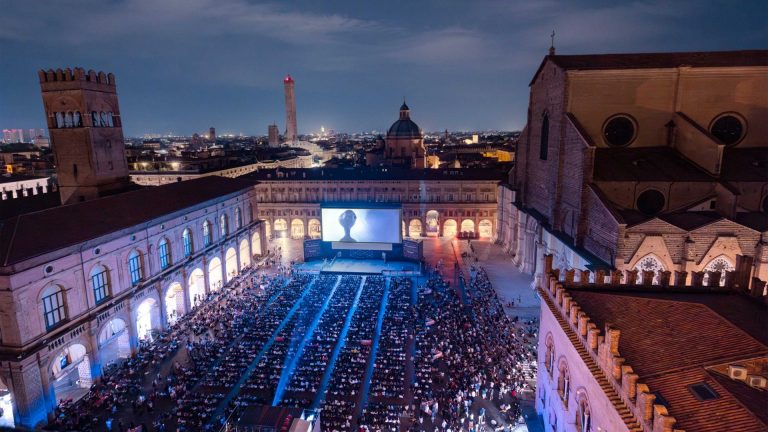
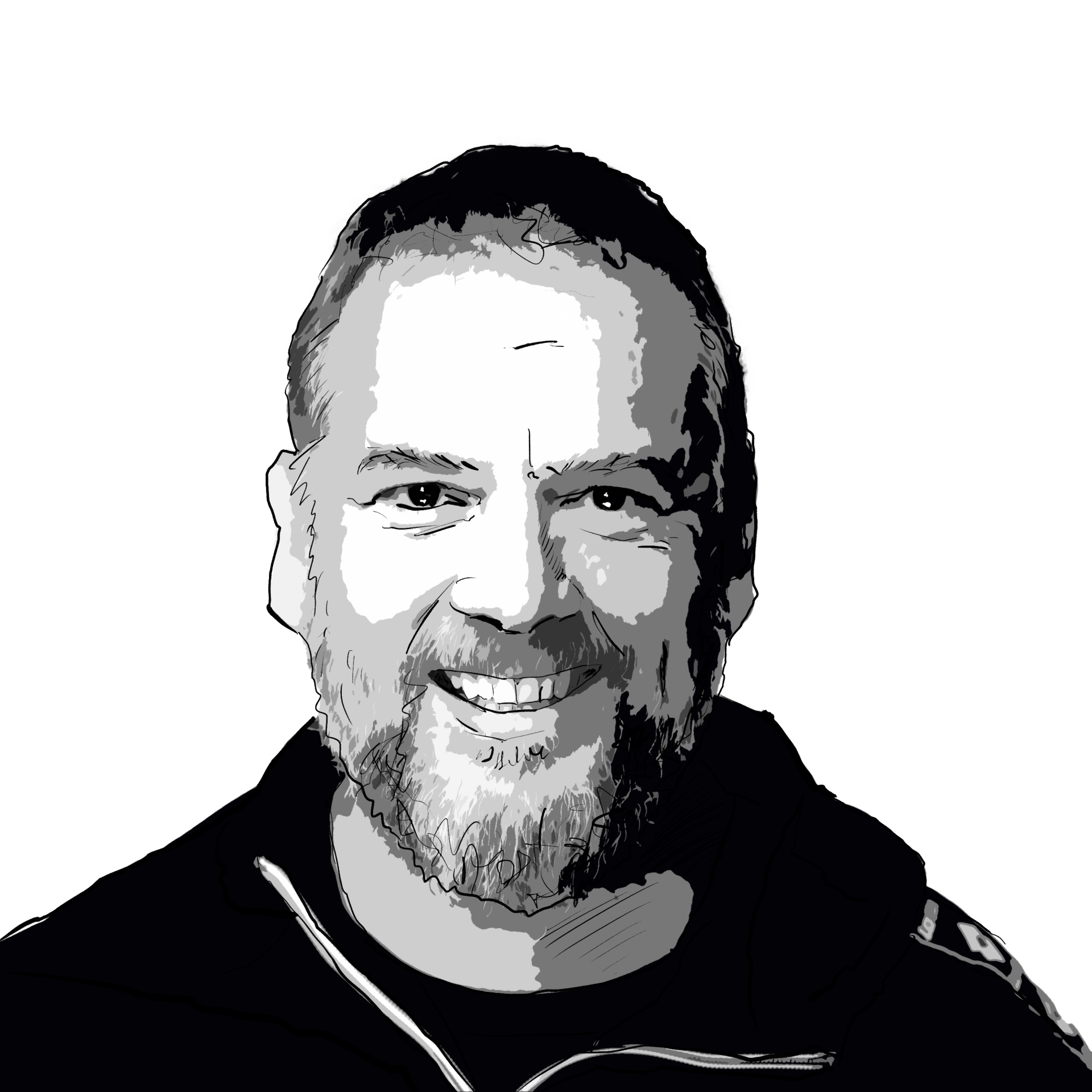
The best film festival in Italy and no, it’s not Venice
Badly advised that with flower power and revolution in the air, Bond was a thing of the past, Lazenby waved a nonchalant goodbye and so he never grew into the role and the producers had no compunction in dumping opprobrium on the ungrateful Aussie.
Confusion now reigned as Lazenby had introduced himself with the fourth-wall-breaking comment “This never happened to the other fella”. Now the other fella was back. Connery took the money and ran with Diamonds Are Forever and then we had Roger Moore, Timothy Dalton, Pierce Brosnan and Daniel Craig. The public accepted the fluidity of the character even as many of the surrounding actors remained the same – Bernard Lee or Judi Dench as M, Desmond Llewelyn as Q.
Plus the change became a feature rather than a bug. It was an opportunity for a tired franchise to have a do-over and change direction. Dalton reined in Moore’s dad jokey silliness; Brosnan’s GoldenEye came as a breath of fresh air after the grim-faced Dalton. And Craig arrived as a more Bourne-like grounded Bond, an antidote to the invisible cars and Tsunami surfing Brosnan.
Craig’s Bond also introduced an entirely new concept: narrative continuity. There had always been call backs to previous Bonds and as I said some supporting characters remained the same, but each story was very much seen as a separate mission. With Quantum of Solace, we got something which had never happened before: a direct sequel to Casino Royale.
Finishing with No Time to Die, the Craigiad constituted an entire arc of a young agent who wins his license to kill and quickly becomes worn out by the brutality of his work and the women he loses along the way. His disillusionment with and his attempts to extricate himself from the secret service are like Michael Corleone’s last gasp efforts to leave the crime family he has created, and speak to a time when having a license to kill is (ahem) questionable. In the end, it was a time to die.
But now the question is: where next?
The problem Denis Villeneuve and Amazon face is that once 007 was a novelty, but now the culture is lousy with assassins. From the films which insist on giving the main character a boring sounding job – The Mechanic, The Accountant, The Bee Keeper etc – to the Grand Guignol gun-fu of John Wick, Bond will have to navigate a landscape he has inspired.
Some argue they should go with a younger Bond. Tom Holland’s name has been mentioned. But didn’t Taron Egerton in The Kingsmen already give us a Jimmy Bond Jr?
Others – Quentin Tarantino famously was keen – would like to do a period Bond, close to the books, but as someone who has actually read the books, I’d caution that Fleming’s Bond is a humourless incompetent with a weird tendency to eat a lot of scrambled eggs.
Amazon’s first offering – a Bond branded reality show voiced by Brian Cox – flopped badly and if they insist on going the content route, the likelihood is we might soon be drowning in Bond spin-offs and an expanded 007 Universe, the way Disney have gouged Star Wars for similar IP-related product. We’ll get the Moneypenny Files and Felix Leiter, CIA, as well as Young Blofeld.
If that is the case, it might turn out that James Bond really did die with the last Daniel Craig outing and what is left, now Broccoli and Wilson are out, is a franchising deal gone sour.


